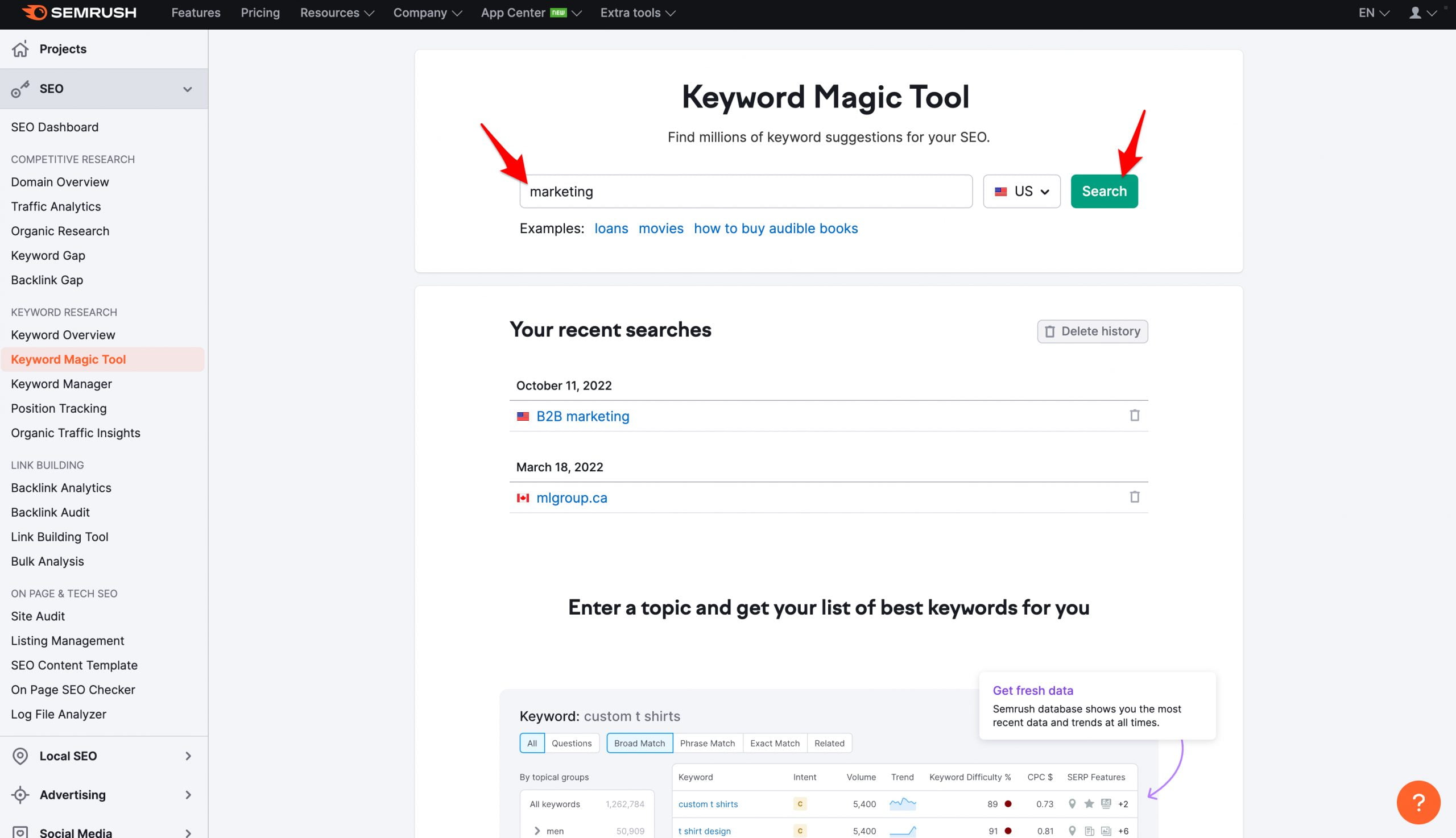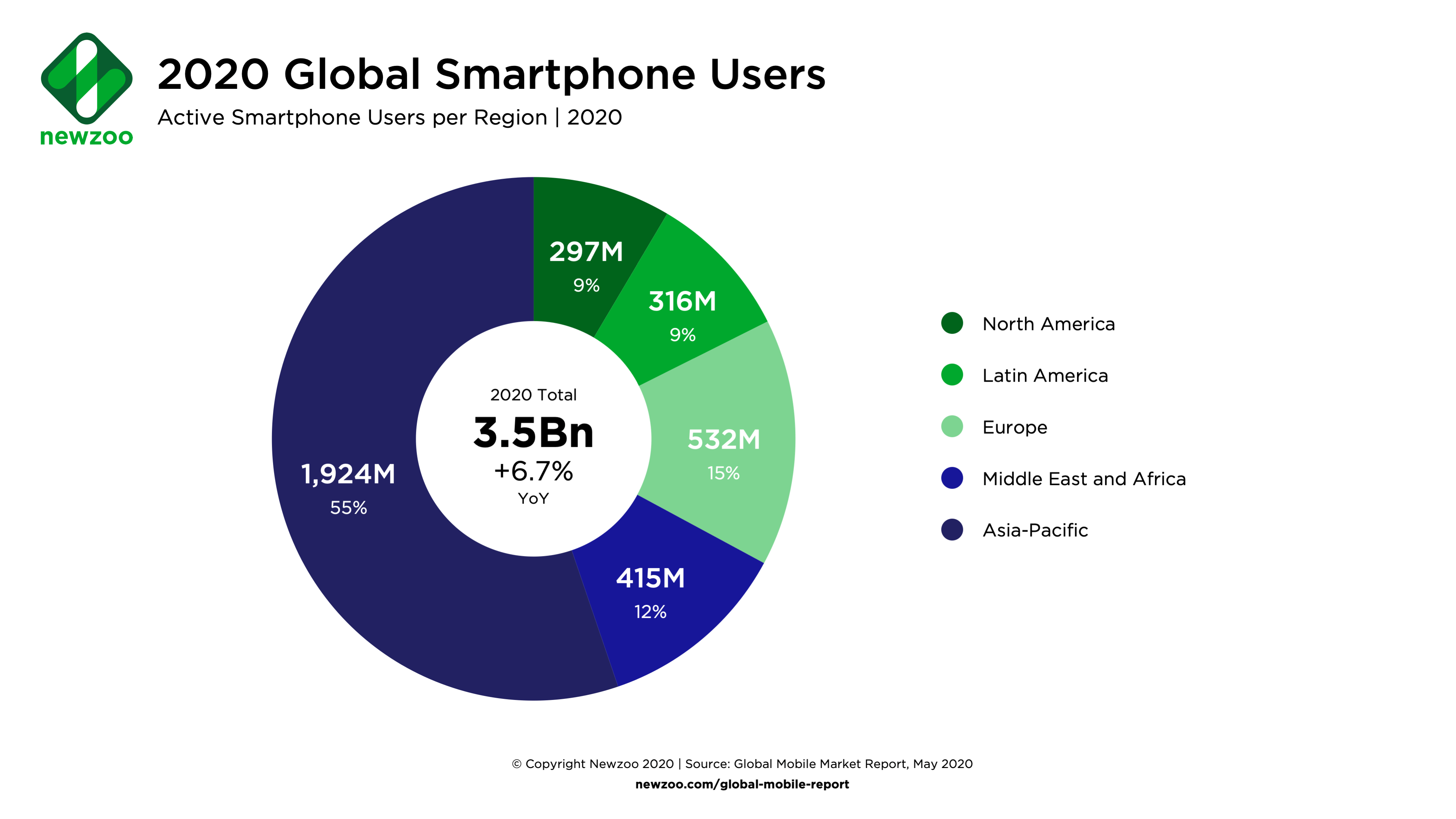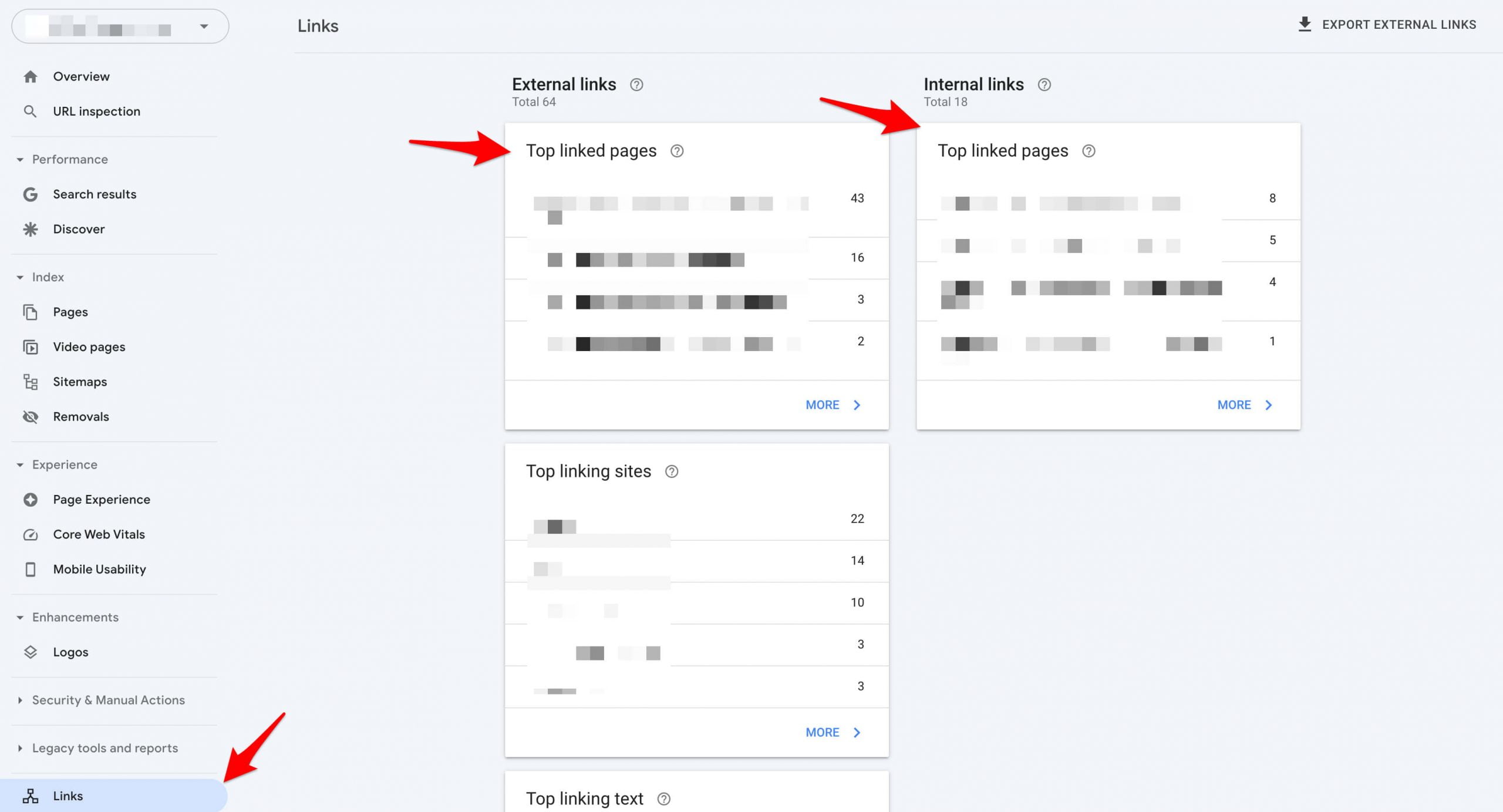If you want to increase the number of visitors to your website, you need to focus on organic traffic. Organic traffic is the type of traffic that comes from people who are looking for your website through a search engine like Google or Yahoo. They have specifically chosen to visit your site because they are interested in what you have to offer.
Consider for a moment that the #1 position in Google can result in a click-through rate (CTR) of 34.2%! If you are ranking #1 for many keywords, that is a significant amount of targeted traffic coming to your site.
In this blog post, I will cover what organic traffic is and why it is so important for marketing. I also provide tips and strategies for increasing your organic traffic.
Let’s get into it!
What is organic traffic?
Organic traffic is the type of traffic that comes from people who are looking for your website through a search engine like Google or Yahoo. They have specifically chosen to visit your site because they are interested in what you have to offer. One of the best parts of increasing organic traffic is that it compounds over time. It also tends to require less budget than channels like paid ads, for example.
Why is organic traffic important for marketing?
Organic traffic is important for marketing because it allows you to reach people who are already interested in what you have to offer. This means that you are more likely to get sales and conversions from organic traffic than from other sources of traffic.
Here’s a statistic I find crazy: 25% of small business websites don’t even have an H1 tag. That’s one of the most fundamental steps in performing SEO…

You also need to be omnichannel. This means utilizing several different marketing channels at once to maximize awareness and revenue. You should be growing your organic traffic while also investing in paid ads, social media, and email marketing.
There are two main ways to increase organic traffic:
- By optimizing your website for search engines.
- By creating compelling content that people will want to share.
I will cover both of these topics in more detail ahead.
How to increase organic traffic
Here are seven proven ways to increase organic traffic to your website.
Perform keyword research
Before you can optimize your website for search engines, you need to know which keywords to target. This is where keyword research comes in. Keyword research is the process of finding the right keywords to target that will bring people to your website.
To do keyword research, you can use tools like Google Keyword Planner and SEMrush. These tools will help you find the right keywords to target based on their popularity and competitiveness.

For example, on SEMrush, navigate to the Keyword Magic Tool. Enter a keyword idea followed by the
“Search” button.

This will give you thousands or more keyword ideas to play with. You can use these directly in SEMrush or click the “Export” button to download them.
Once you have a list of keywords, you can start optimizing your website for them. This includes adding them to your page titles, meta descriptions, header tags, and body content. I’ll talk about this next.
Which, brings me to my next point!
Optimize your pages’ metadata
Your page’s metadata is the information that appears in the search engine results pages (SERPs). This includes your page title, meta description, and header tags.
For example, I used the Yoast plugin to edit the metadata for this blog post you’re reading!

You want to make sure that your metadata is optimized for your target keywords. This means including your keywords in your page title, meta description, and header tags. You also want to make sure that your meta descriptions are compelling and include a call to action.
Your header tags should be used to structure your content. For example, you would use H1 tags for your titles, H2 tags for subtitles, and so on.
Optimize your website for mobile devices
More and more people are using mobile devices to access the internet. In fact, there are more than 3.5 billion people worldwide with smartphones. This means that you need to make sure that your website is optimized for mobile devices.

There are a few things you can do to optimize your website for mobile devices. First, you want to make sure that your website is responsive. This means that it will adjust to any screen size. Second, you want to make sure that your website loads quickly on mobile devices. You can do this by optimizing your images and using a content delivery network (CDN).
Third, you want to make sure that your website is easy to use on a mobile device. This includes making sure that your buttons and links are big enough to be clicked on and that your forms can be filled out easily on a mobile device.
The better user experience you can offer, especially on mobile, the more you can expect your organic rankings to increase.
That brings me to my next point.
Ensure you have a good web host
Your web host is the company that provides the server that your website is hosted on. You want to make sure that you have a good web host because a bad one can negatively impact your website’s performance. I like Bluehost or Kinsta, personally.
There are a few things you want to look for in a good web host. First, you want to make sure that they offer fast speeds. Second, you want to make sure that they have good uptime. This means that your website will be up and running most of the time. Lastly, you want to make sure that they offer good customer support.
A good web host will help ensure that your website loads quickly and is always available when people try to visit it. All of which improves organic traffic.
Build backlinks to your website
Backlinks are like a voting system. The more authoritative backlinks you have, the more organic traffic you will receive from search engines. Hence why 60% of businesses outsource their link building efforts to a professional.

There are a few ways to get backlinks. The first is to create great content that people will want to link to. This could be a blog post, an infographic, or a video. As it ranks higher on search engines, other webmasters will use it as a resource in their own content.
Another way to get backlinks is to reach out to other publications and ask them to link to your content. This is called link outreach. You can do this by finding websites in your industry and reaching out to them via email. You can also use tools like SEMrush to find websites that are relevant to yours and automate this process.
A third strategy to consider is guest posting. This is one of my favourites. It’s when you ask other websites if you can contribute an article to their blog. By doing so, you gain backlinks within the article itself and in the biography section of the website.
Publish more blog content
One of the best ways to increase organic traffic is to publish more blog content. This is because blog posts are often optimized for target keywords and can rank in the search engine results pages (SERPs). Not only that, but people who read your blog post may also share it on social media or link to it from their own website.
To get started, try publishing one blog post per week. You can increase this over time as you start to see more results.
I also suggest using a website like Fiverr to hire freelance writers and outsource content creation. Create an account as a buyer, and search for “content writer” or a similar keyword.

Click on a seller that has a good number of reviews and falls in your budget range.

You will get more details on the exact type of content writing services they offer, their pricing, and their experience.
Message the seller if you have any questions, otherwise, choose your package and follow the checkout process!
Update old content
Not only should you be creating new content, but you need to be refreshing old content. By adding more keywords and content and updating it to be more valuable, you can increase your organic rankings and traffic.
To do this, start by looking at your most popular blog posts and pages. These are the ones that are getting the most organic traffic. Then, take a look at when they were published. If it was more than six months ago, it’s time to update them.
I recommend navigating to “All Pages” under “Site Content” in Google Analytics to discover what pages on your website aren’t getting traffic and optimize them.

Add new information, new images, new videos, and anything else that you think would make the post better. Once you’re done, hit publish and see how your organic traffic changes.
Create link silos
Last but not least, I want you to create link silos on your website. This is when you have a link from one page on your website to another page on your website. This helps search engines understand the relationship between the two pages, and it can help improve your organic rankings.
To do this, start by looking at your website’s structure. You want to identify any pages that are related to each other and could be in the same link silo. Once you’ve done that, start linking to those pages from each other. For example, if you have a page about SEO and a page about link building, you would want to link to the link building page from the SEO page.
You can easily do this with the help of Google Search Console. Once your website is verified, navigate to the “Links” page.

Take note of the top linked pages both internally and externally.
You want to link from these pages to your blog posts that aren’t receiving as much traffic as you would like.
Over time, more authority will be passed down to them, ultimately increasing their organic rankings.
Final thoughts on increasing organic traffic
Increasing organic traffic is essential for any online business. Without a good search engine presence, you will miss out on awareness and revenue. Some of the steps you can take to increase organic traffic include:
- Performing keyword research and optimizing pages for target search terms.
- Optimize your page’s metadata, like the URL, title tag, and meta description.
- Ensure your website is responsive to mobile devices.
- Upgrade to a good web host.
- Build authoritative backlinks to your website.
- Publish more blog content.
- Refresh and update old content.
- Create link silos to build authority.
Learn more about these strategies in my SEO copywriting course.














